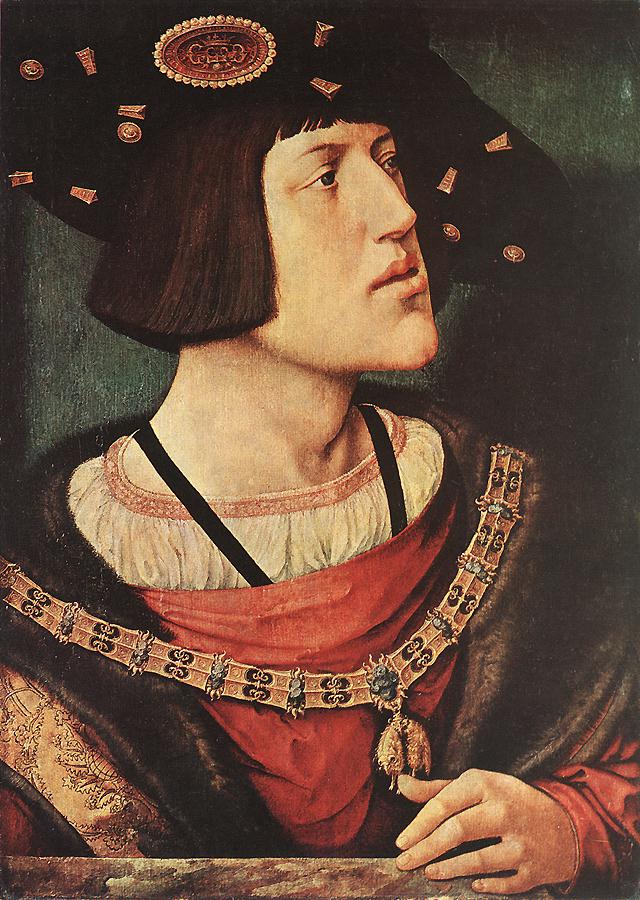

The expense involved for Charles V was considerable, and at 1,000,000 ducats was on par with the cost of Charles' campaign against Suleiman on the Danube. Ĭharles V assembled a large army of some 30,000 soldiers, 74 galleys (rowed by chained Protestants shipped in from Antwerp), and 300 sailing ships, including the carrack Santa Anna and the Portuguese galleon São João Baptista (the most powerful ship in the world at the time) to drive the Ottomans from the region. Barbarossa thus established a strong naval base in Tunis, which could be used for raids in the region, and on nearby Malta.

With this fleet, Barbarossa conducted aggressive raids along the coast of Italy, until he conquered Tunis on 16 August 1534, ousting the local ruler, theretofore subservient to the Spanish, Muley Hasan. Altogether 70 galleys were built during the winter of 1533–1534, manned by slave oarsmen, including 2,000 Jewish ones. In 1533, Suleiman the Magnificent ordered Hayreddin Barbarossa, whom he had summoned from Algiers, to build a large war fleet in the arsenal of Constantinople. The Habsburg Empire of Charles V and its allies conquered Tunis in 1535, wresting the city away from the control of the Ottoman Empire. Iberian Peninsula and South America (1762–63).Banda Oriental and Rio Grande do Sul (1762–63).ġ galleon, 2 carracks, 20 round caravels, 8 galleys Charles V rule was marked by conflict with France, his forces captured Francis I at the Battle of Pavia in 1525 with the. He was elected Holy Roman Emperor the same year and in 1530 was crowned by the Pope. Muley Hassan of the Hafsid dynasty restored as client ruler of Tunis and Spanish-Imperial tributary. Charles V became the Duke of Burgundy in 1506, King of Castile and Aragon through his mother in 1516, then the Habsburg crown in 1519.


 0 kommentar(er)
0 kommentar(er)
